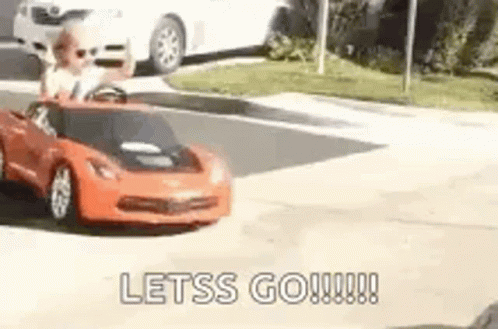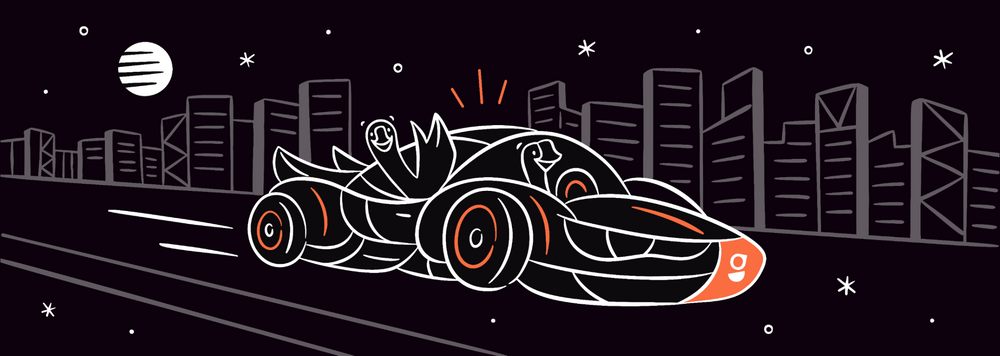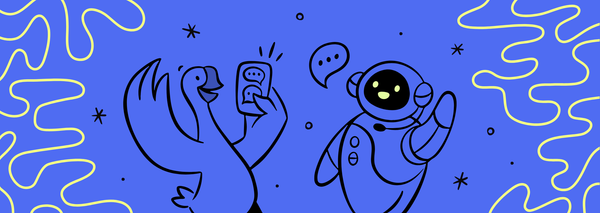Driving a Product Vision Forward with a Concept Car
Learn how Goosechase used an aspirational representation of their future as an Interactive Experience Platform to create more understanding, alignment, and excitement about their product vision. Start your engines!
Hi there! I’m Vasanth, Head of Product at Goosechase. You can normally find me figuring how best to accelerate the development of our platform, but today, I’m here to honk about our product vision with the aid of several car metaphors 🏎️.
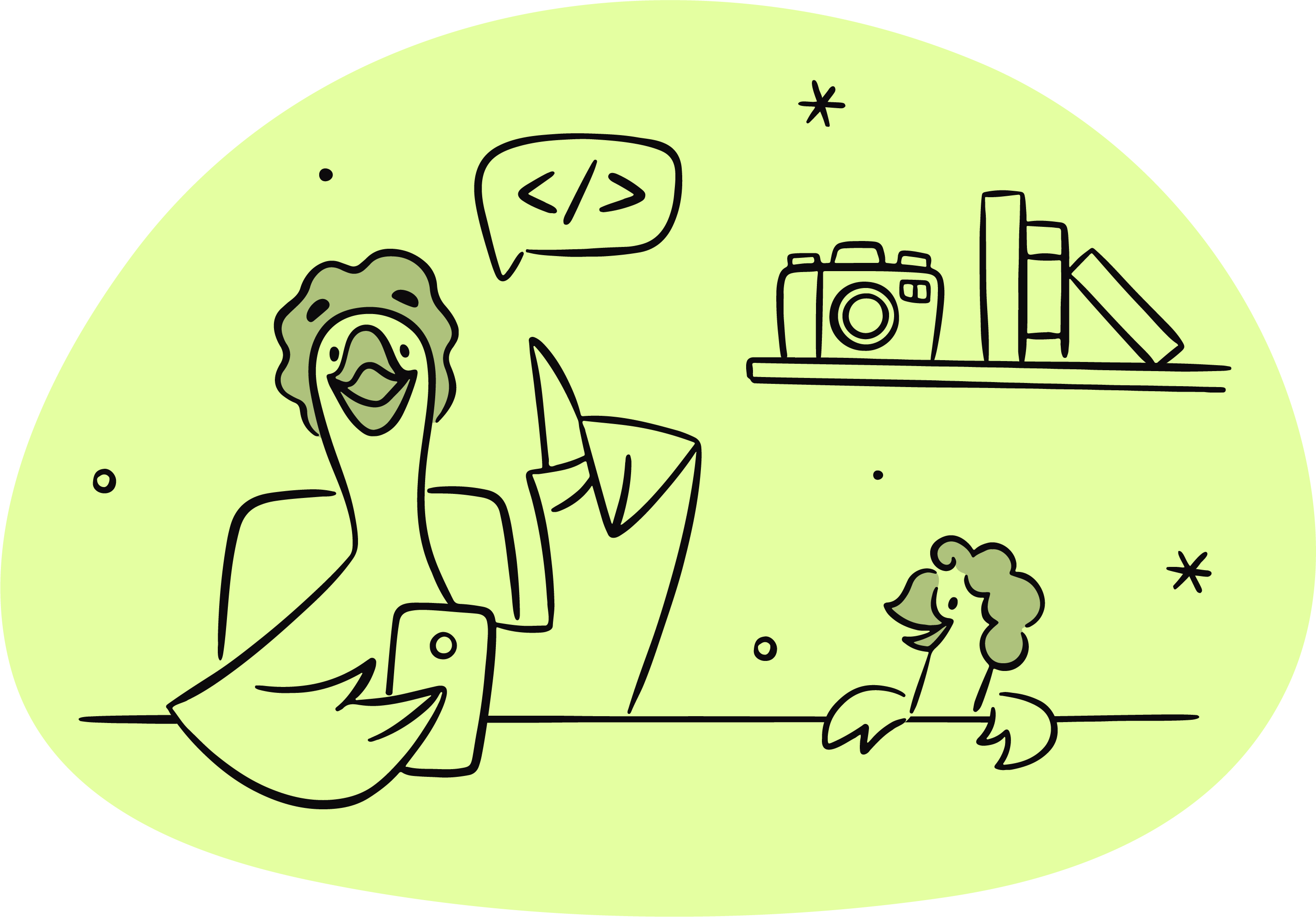
At Goosechase, our product vision is to build the world’s first Interactive Experience Platform (IXP). While our team could understand the broad concept, visualizing the potential applications of this future platform and understanding what it truly entails proved challenging. We needed a way to make this vision more tangible, relatable, and exciting for our team - less facts and figures, and more Fast & Furious. 😎
To do so, we decided to create a "concept car" to bring our product vision to life - an aspirational set of product design mockups showcasing the future we imagine for our IXP, designed to inspire and guide our team.
A concept car (also known as a concept vehicle, show vehicle or prototype) is a car made to showcase new styling and/or new technology. They are often exhibited at motor shows to gauge customer reaction to new and radical designs which may or may not be mass-produced. General Motors designer Harley Earl is generally credited with inventing the concept car, and did much to popularize it through its traveling Motorama shows of the 1950s.
Source: Wikipedia
This approach was inspired by the parallels with actual concept cars - those futuristic, sleek vehicles that showcase cutting-edge technologies and designs.
What parallels? Thierry Metroz, Design Director at DS, once said:
A concept car is a development accelerator to test the new technologies that we imagine for the future, and accelerate their development.
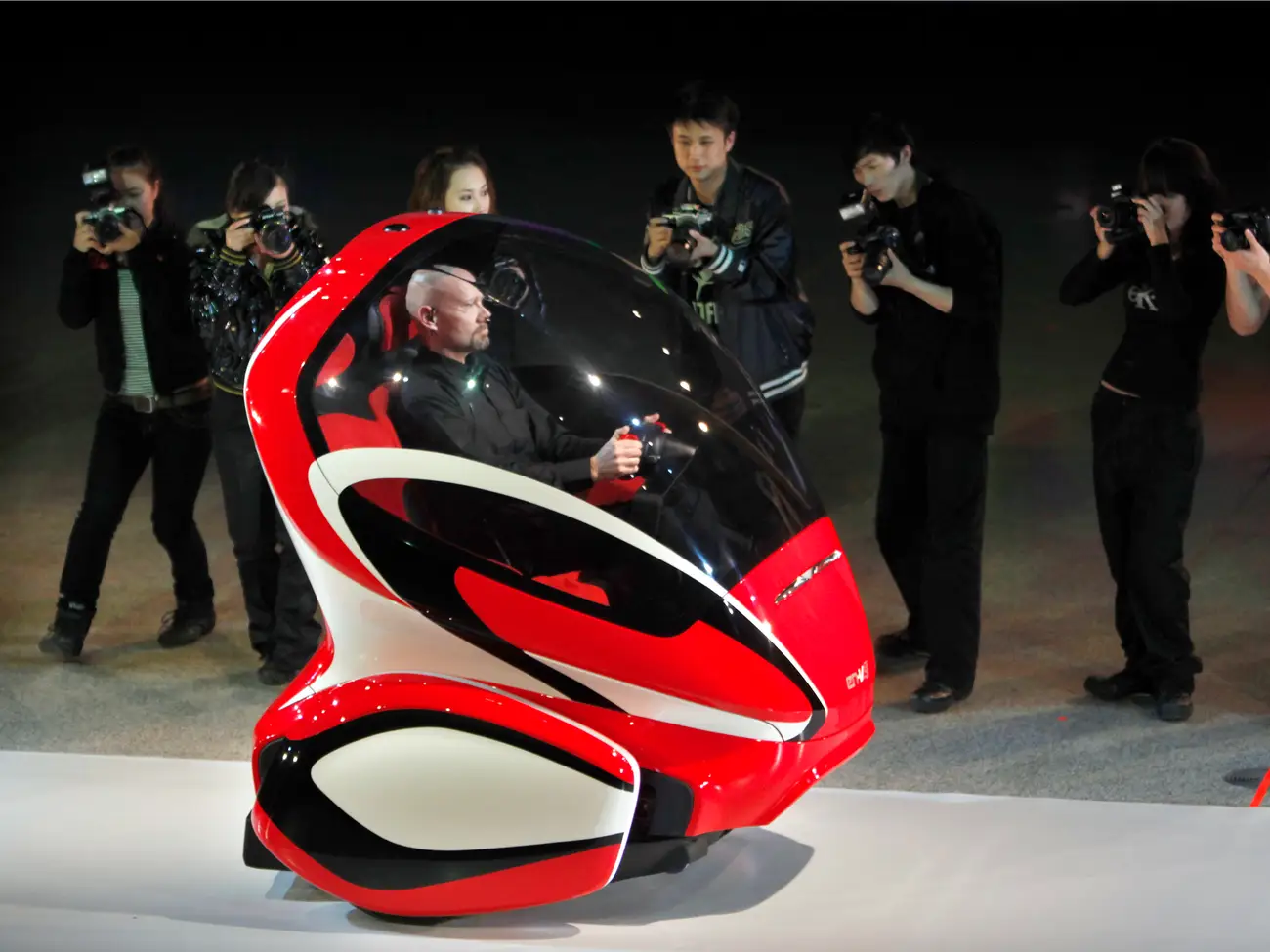
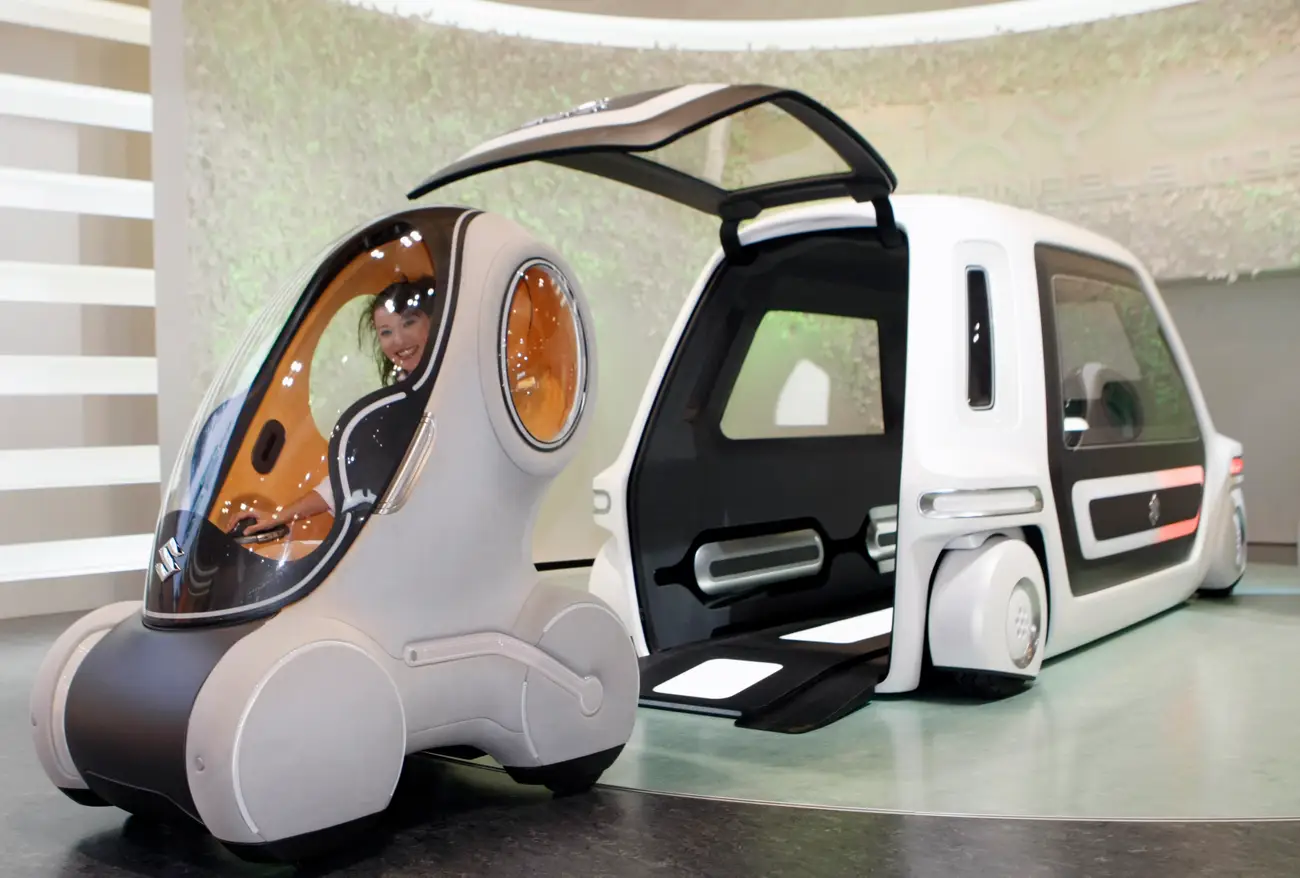
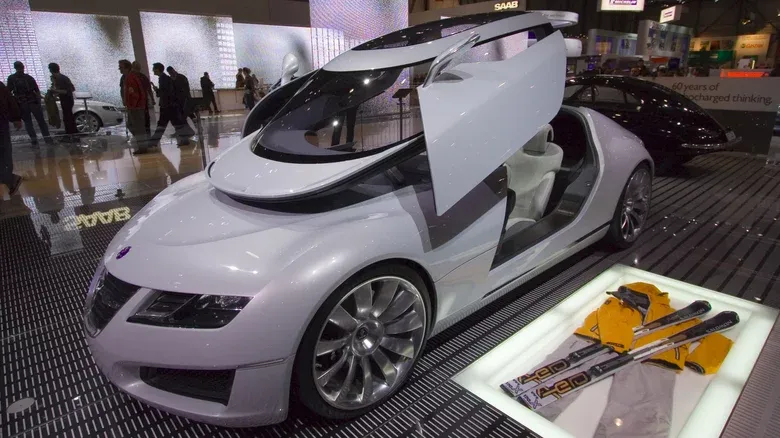
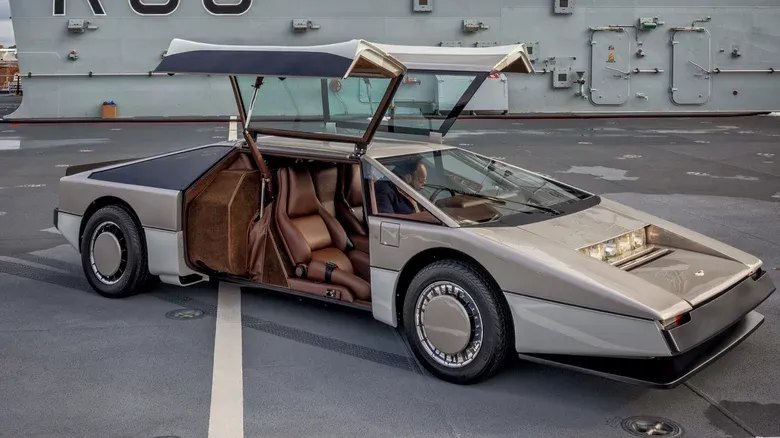
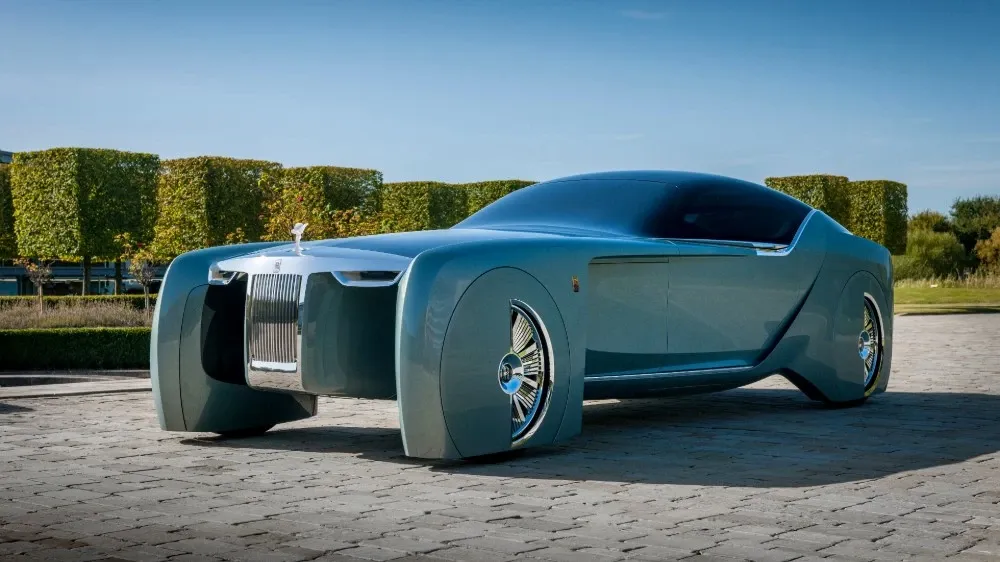
Concept cars from visions-of-futures past: Not meant to showcase what is probable, but what is possible
Similarly, our goosey concept car is not intended to serve as an exact roadmap of future product development, but to imagine some of the key changes and technologies we’ll need to explore to realise our IXP ambitions.
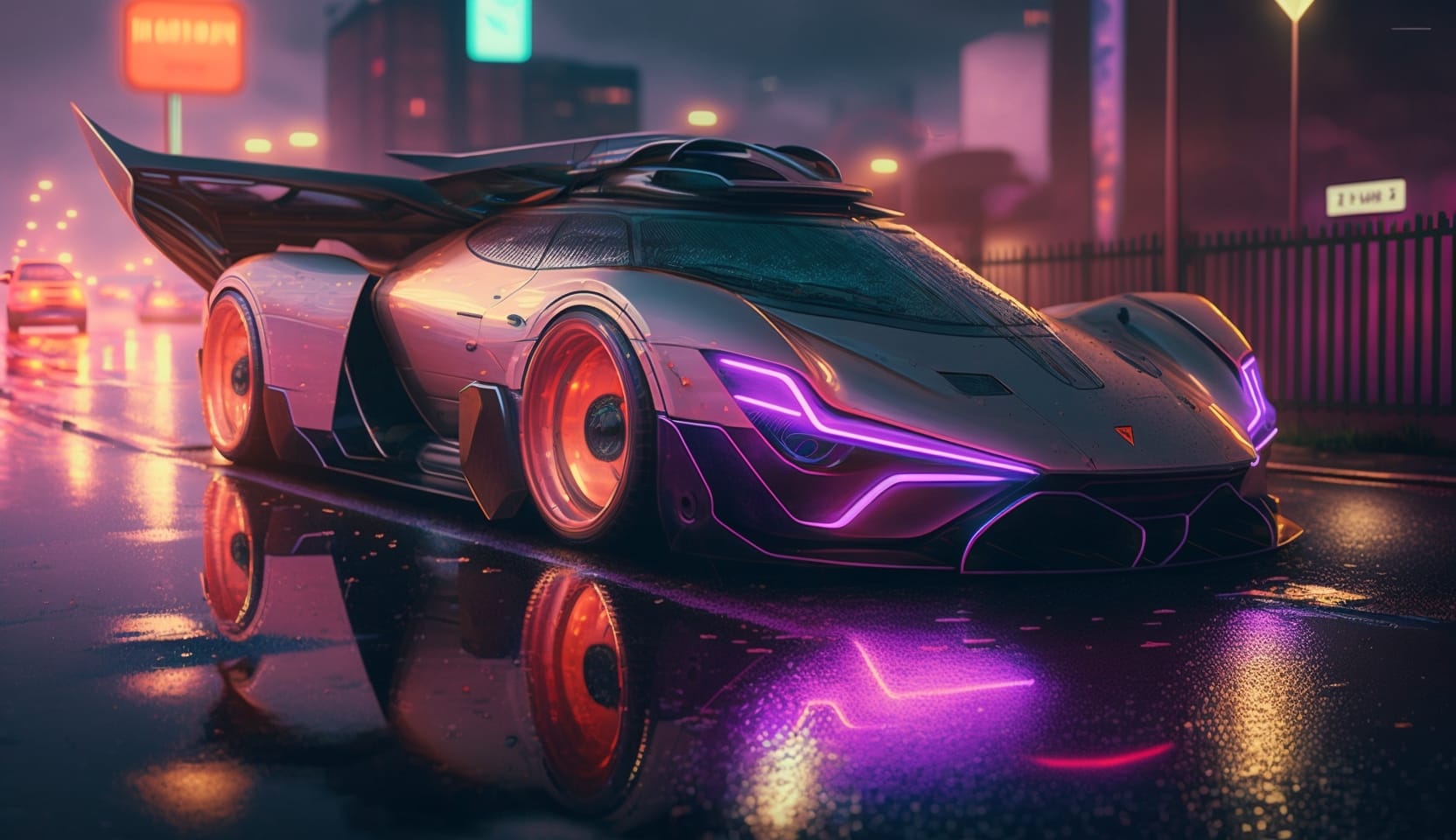
So buckle up - let’s take a tour of how our startup used the idea of a concept car to visualize our product vision!
Picking up Speed
Our Process
Our journey to create the concept car began with crafting several written narratives, based on our understanding of our customers and the kinds of Experiences they want to create. These narratives described how our future IXP could enable a much broader range of interactive experiences than it can today.
One example is a narrative we titled “The city-wide escape room”. We know that a lot of our customers love to build Experiences inspired by the classic Goosechase scavenger hunt. However, many of these would benefit from releasing Missions in a specific order as participants progress, or by customising the structure of Missions more to allow for extra content or media, making for a more engaging experience. We also know that many types of Experience aren’t always done with a single group of people at a single time - allowing for different groups to take part on different days / weeks would be beneficial to organizations as diverse as museums, zoos or ski resorts! We wrote “The city-wide escape room” to imagine an Experience that would benefit directly from ideas like those and give us a jumping off point for our design process.
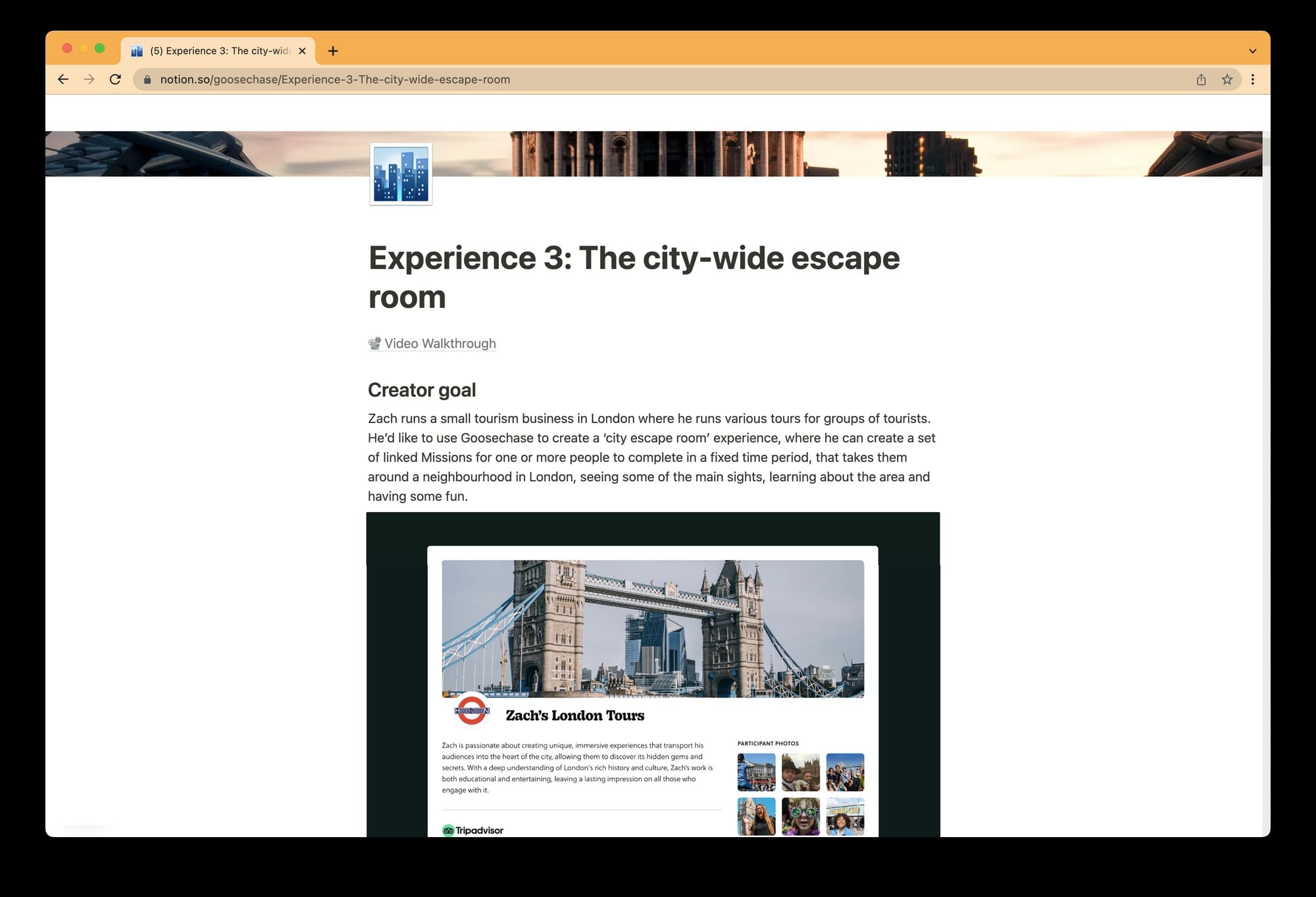
With these narratives, our product and design teams then collaborated to identify user stories and hypothetical features for the concept car. We used visual collaboration tools like Miro and Figma to capture our ideas, shifting gears from lower fidelity sketches into higher fidelity product design mockups over a period of several weeks. We explored how to turn the ideas described in each narrative into a set of example features, and how best to organise those features in a way that would highlight the potential power of the IXP we’re building.
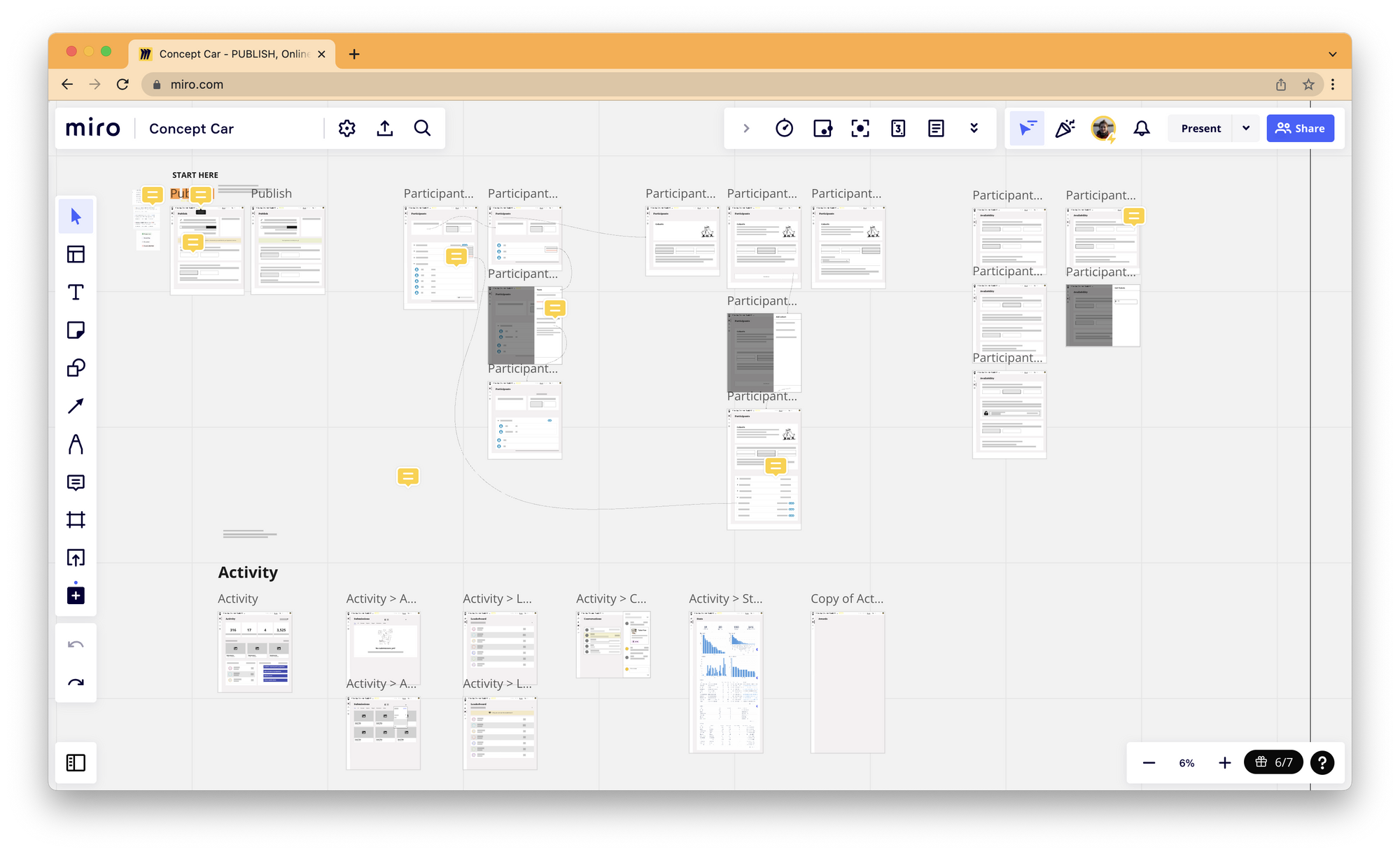
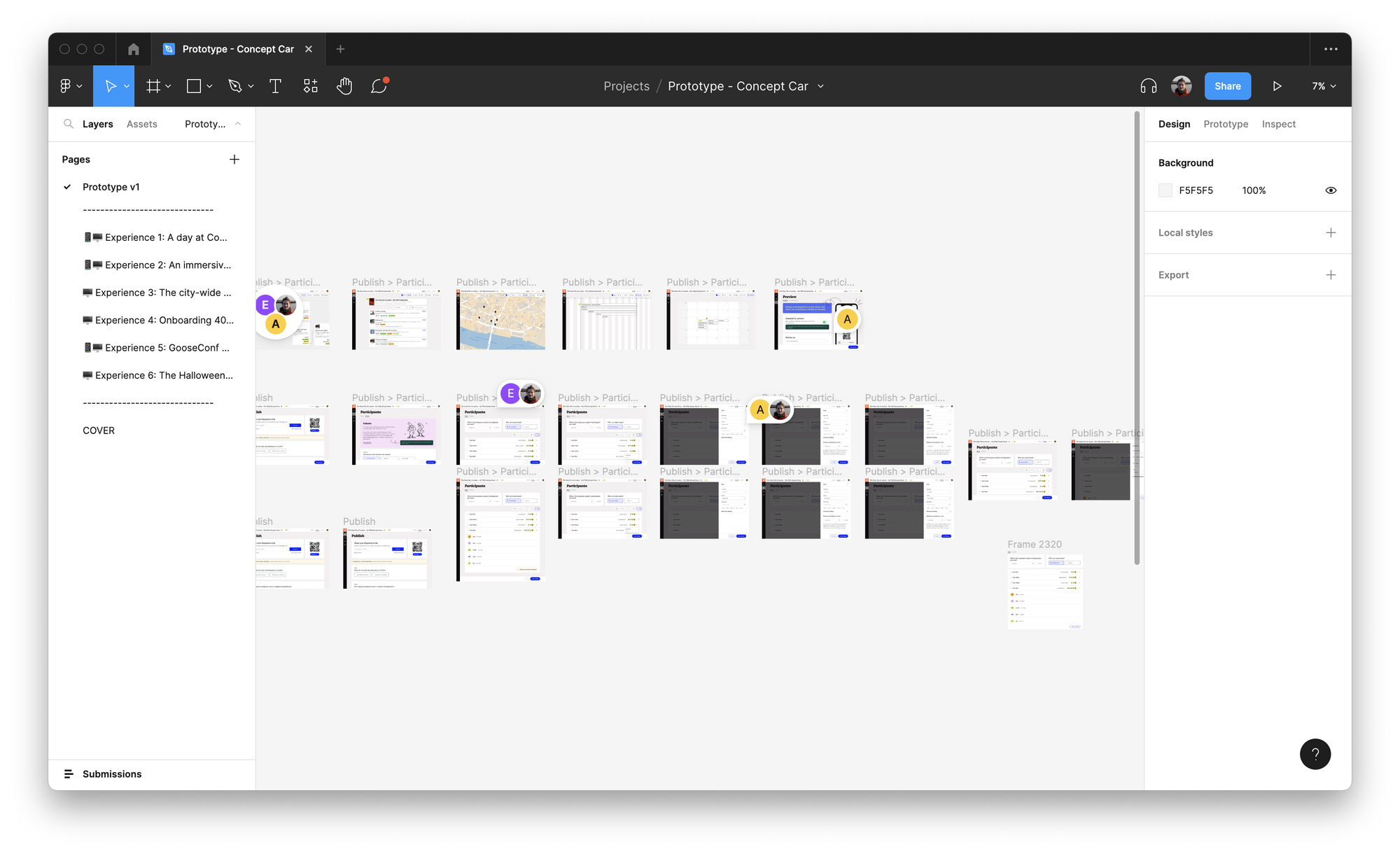
This process was not always a smooth ride. One significant challenge was avoiding the inclusion of too much detail in our designs and remembering that our mockups were not a product roadmap, or technical specifications for an engineer, but rather a visual representation of our product vision. To overcome this, we used the term "signposting" to remind ourselves that we were illustrating broad concepts, not specifying every detail (which would limit our ability to learn from customers). This helped us from spending too much time in any one area, and instead making sure we were creating a coherent set of design mockups that visualised everything we’d described in all of our narratives.
Crossing the Finish Line
Solutions and Continued Learning
The concept car proved to be a powerful tool for communicating our product vision. By combining the written narratives with design mockups, we made the IXP vision more tangible for our team. We shared the concept car with the team by illustrating our written narratives with the relevant mockups, and creating short videos where our product and design team described the concept car in more detail. We even ran our own Goosechase Experience to share the videos with our team to gather feedback and gauge reactions!
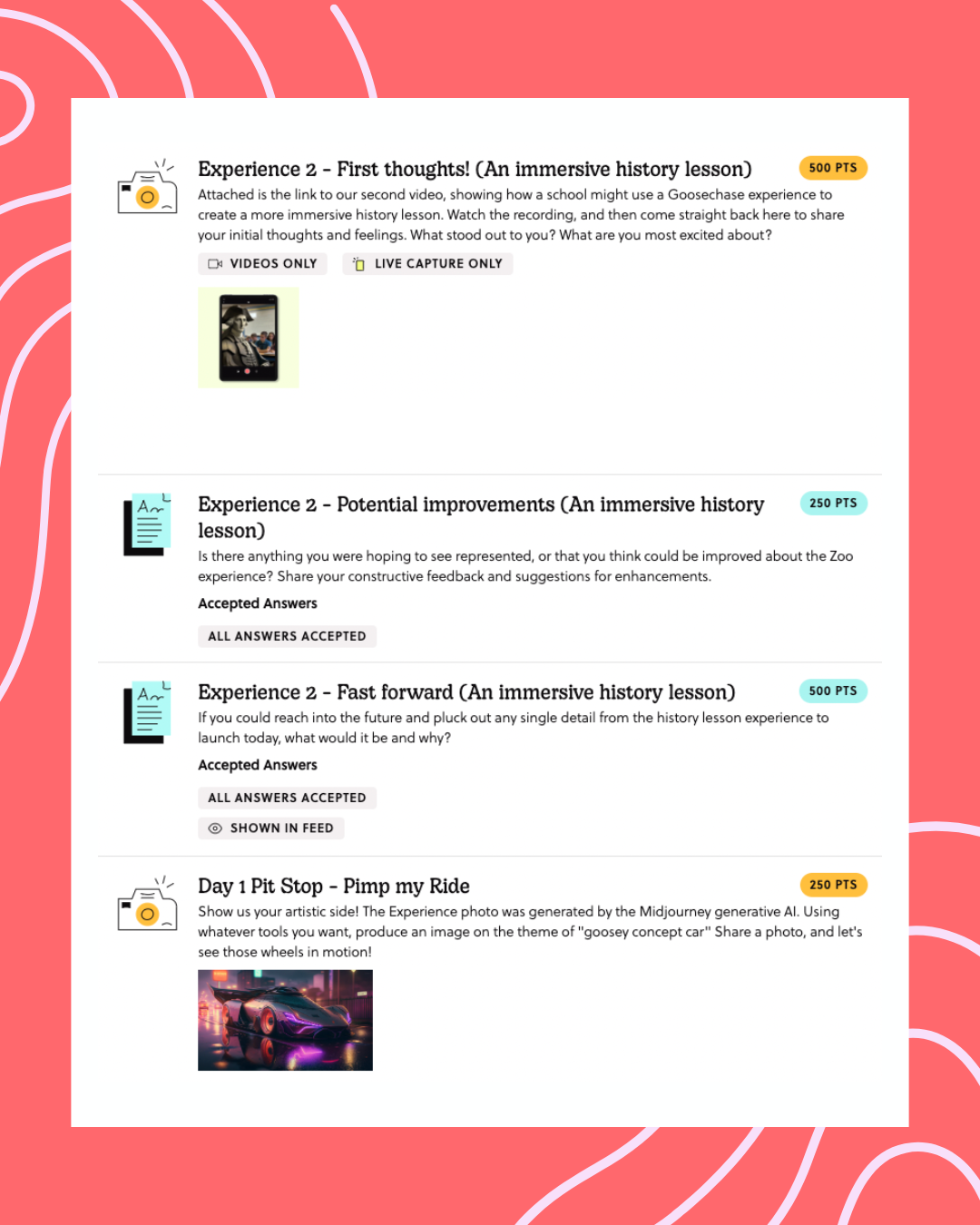
As a result, the concept car approach has improved understanding, alignment, and excitement about our future direction- it feels like we have fostered a sense of shared purpose and commitment to achieving our goals. The concept car has also influenced the day-to-day decisions of our product, design, and engineering teams, by challenging us to think about whether what we’re doing is in alignment with our long-term vision, and making sure longer-term thinking is reinforced as part of our working culture.
We collected the team's initial reactions, questions, and ideas via a Goosechase Experience (naturally)
Would I recommend this approach for everyone?
- Before starting the ignition on your own concept car, it's crucial to think about whether it's the right fit for your team. I’d suggest that at a minimum, your organization needs to have a product vision statement that has buy-in from company leaders and senior product people.
- Company stage also matters - for startups defining their product-market-fit, organisations pushing forward into new territory, or possibly even attempting to create a new category (hey, did we mention we’re building the first Interactive Experience Platform?), maybe this approach could help!
So what’s next for the Goosechase concept car? We’re already exploring how best to bring some of the ideas we explored during this process to life in a way that best serves our customers - watch this space!
